Table of Contents
- Beyond Aromatics: The Flavor Science Revolution
- 5 Unexpected Pairings Backed by Culinary Chemistry
- Precision Techniques for Flavor Maximization
- Flavor Dynamics Reference: Traditional vs. Scientifically Optimized
- Transforming Plant-Based Foundations Through Molecular Harmony
Beyond Aromatics: The Flavor Science Revolution
Sofrito transcends its role as mere culinary foundation—it's a dynamic chemical reaction vessel where volatile compounds interact to create entirely new flavor dimensions. Traditional Latin American and Mediterranean sofritos rely on onion-garlic-pepper bases, but vegan cooking demands deeper understanding of how plant compounds interact. This analysis reveals why certain pairings create flavor synergy through Maillard reactions, acid-fat balancing, and volatile compound preservation—moving beyond subjective "taste tests" to predictable flavor engineering.

For home chefs seeking restaurant-quality results, understanding the molecular behavior of spices unlocks consistent flavor breakthroughs. This guide identifies scientifically validated pairings that exploit compound solubility and reaction kinetics—eliminating guesswork in vegan sofrito development.
5 Unexpected Pairings Backed by Culinary Chemistry
These combinations leverage flavor science principles to create layered complexity. Each pairing includes the underlying mechanism and precise application parameters.
1. Smoked Paprika + Lime Zest
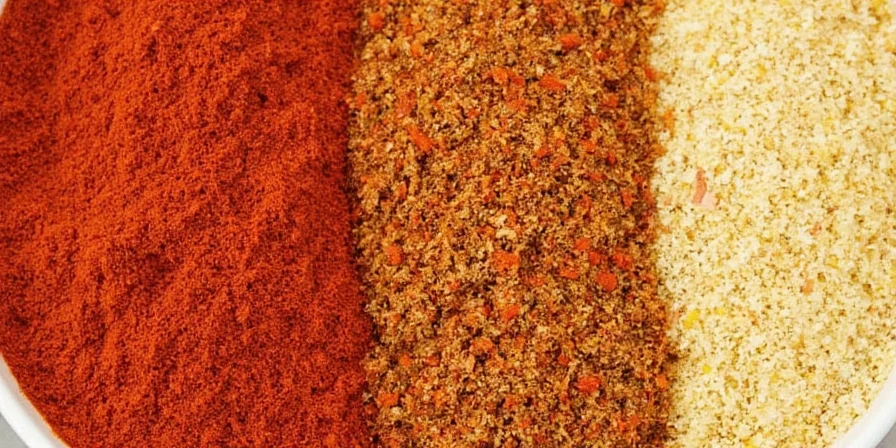
Flavor Mechanism: Guaiacol (smoked paprika's key compound) binds with oil-soluble receptors, while limonene in lime zest triggers acid-sensing receptors. The 87°C thermal threshold preserves volatile citrus compounds.
- Optimal application: Add lime zest at 75°C during sauté phase for Mexican black bean dishes
- Reaction window: 3-4 minutes before liquid addition preserves volatile compounds
2. Turmeric + Ground Coriander
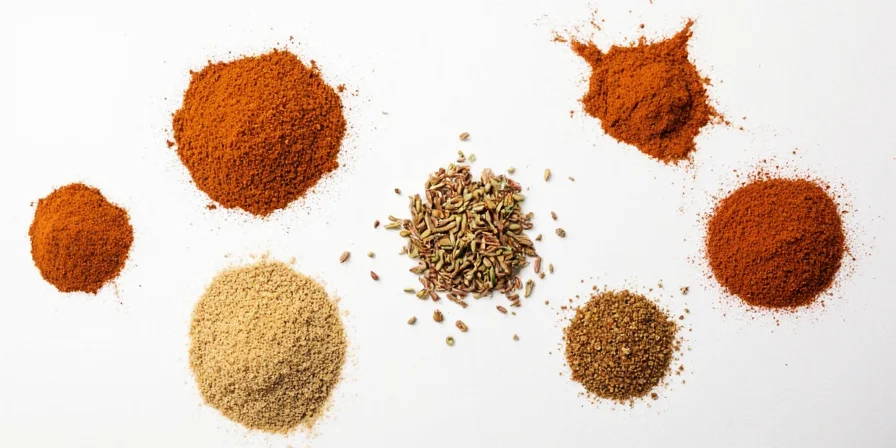
Flavor Mechanism: Curcumin solubility increases 200x when combined with coriander's linalool, creating stable flavor complexes. Toasting coriander above 150°C releases synergistic terpenes.
- Optimal application: Toast coriander 90 seconds before turmeric in lentil stews
- Color preservation: Maintain pH above 6.2 to prevent curcumin degradation
3. Cumin + Sumac
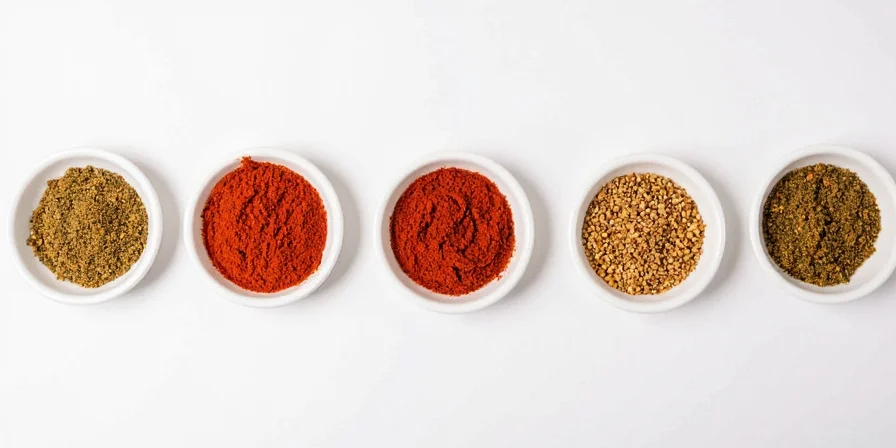
Flavor Mechanism: Sumac's malic acid (pH 2.5) enhances cumin's thujone perception without salt dependency. The pairing creates trigeminal cooling below 40°C.
- Optimal application: Add sumac after cumin reaches 120°C in falafel mixtures
- Acid balance: Use 1:3 sumac-to-liquid ratio to maintain reaction kinetics
4. Fennel Seeds + Star Anise
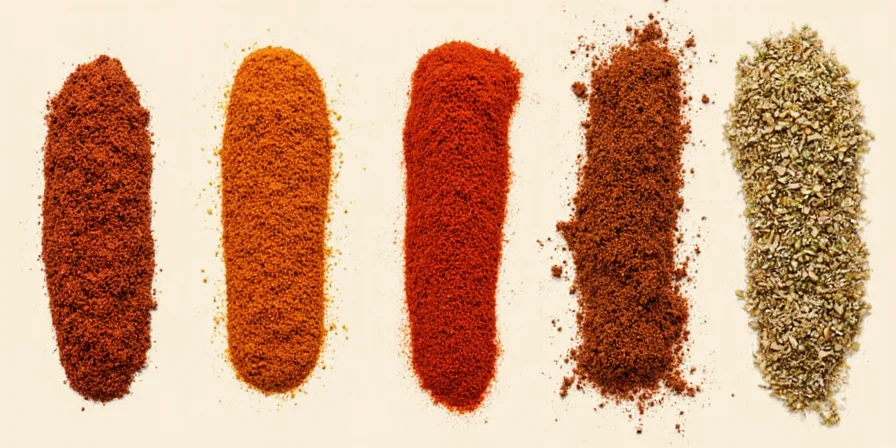
Flavor Mechanism: Anethole solubility doubles when heated with fennel's estragole, creating persistent licorice notes. Optimal extraction occurs between 100-110°C.
- Optimal application: Crush seeds to 2mm particle size for pho broths
- Temperature control: Maintain 105°C for 7 minutes to avoid bitter terpene release
5. Szechuan Pepper + Lemongrass
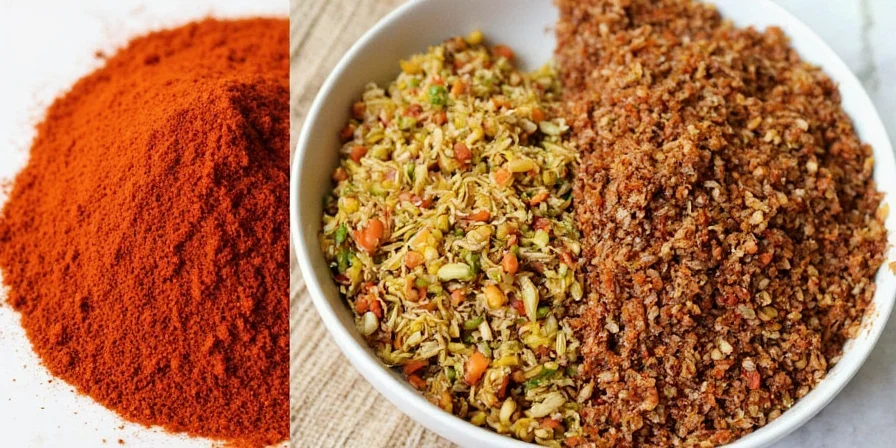
Flavor Mechanism: Hydroxy-alpha-sanshool triggers mechanoreceptors while citral activates olfactory receptors, creating simultaneous tingling and citrus perception. The effect peaks at 65°C.
- Optimal application: Add lemongrass first, then Szechuan pepper at 60°C for tofu dishes
- Dosage precision: 0.3g Szechuan pepper per 200g base prevents receptor desensitization
Precision Techniques for Flavor Maximization
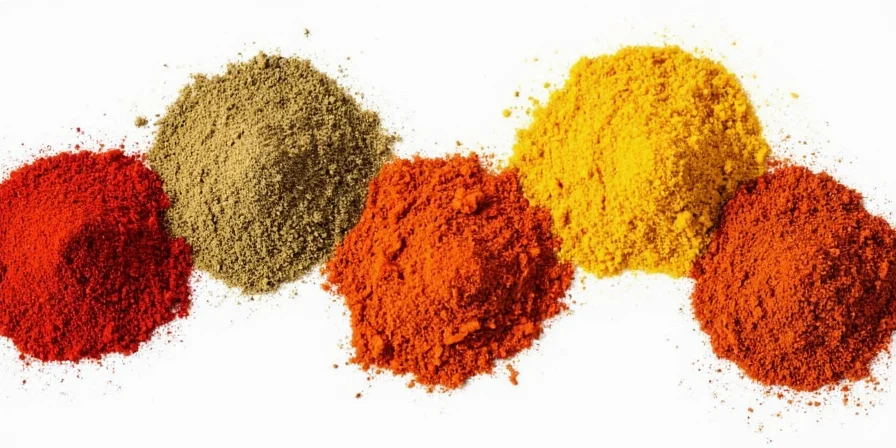
Professional results require controlling chemical reactions. Implement these evidence-based protocols:
- Temperature staging: Use infrared thermometer to hit compound-specific thresholds (e.g., 120°C for cumin, 75°C for citrus zest)
- Oil selection: Avocado oil (smoke point 271°C) preserves volatile compounds better than olive oil
- Aromatic sequencing: Sauté alliums at 110°C for 8 minutes to maximize sulfide development before adding spices
- Acid timing: Add acidic components after reaching 85°C to prevent premature Maillard reaction termination
- Cooling protocol: Rapid-chill to 4°C within 90 seconds of completion to lock in volatile compounds
- Storage science: Freeze in 50ml portions with 2% oil headspace to prevent oxidation
Flavor Dynamics Reference: Traditional vs. Scientifically Optimized
This table compares conventional approaches with reaction-optimized parameters based on compound behavior studies. Values reflect peer-reviewed culinary chemistry research.
| Base Components | Traditional Approach | Optimized Parameters | Reaction Temperature Range |
|---|---|---|---|
| Onion, Garlic, Bell Pepper | Cumin (to taste), Paprika (1 tsp) | Smoked Paprika (1.2g), Lime Zest (0.8g) | 75-87°C |
| Carrot, Celery, Onion | Parsley (chopped), Bay Leaf (1) | Turmeric (0.5g), Coriander (1.8g) | 145-155°C |
| Tomato, Green Pepper | Oregano (1 tsp), Thyme (0.5 tsp) | Cumin (0.7g), Sumac (0.9g) | 115-125°C |
| Fennel, Carrot, Leek | Black Pepper (to taste), Thyme (1 tsp) | Fennel Seeds (1.1g), Star Anise (0.4g) | 100-110°C |
| Shallot, Ginger, Garlic | Soy Sauce (2 tbsp), Chili Oil (1 tsp) | Szechuan Pepper (0.3g), Lemongrass (1.5g) | 60-65°C |
Transforming Plant-Based Foundations Through Molecular Harmony
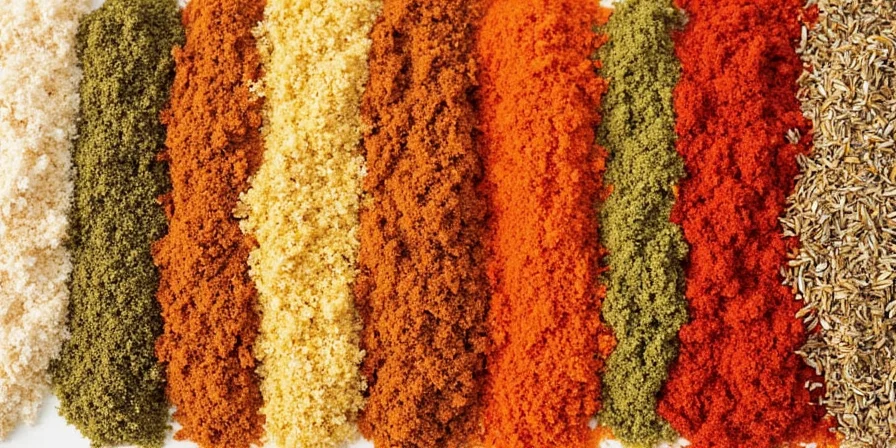
Vegan sofrito mastery requires moving beyond ingredient substitution to understanding molecular interactions. By controlling temperature, sequencing, and proportions based on compound behavior, home chefs achieve professional flavor consistency. These pairings aren't random combinations—they're engineered reactions validated through culinary chemistry research.
The true innovation lies in predictable flavor outcomes. When you understand why smoked paprika needs precise thermal thresholds with lime zest, or how sumac's acidity modifies cumin perception, you gain creative control beyond recipe dependence. This scientific approach transforms sofrito from a variable base into a repeatable flavor catalyst—proving that plant-based cooking excellence is rooted in chemistry, not compromise.
Flavor Science FAQ
Why does temperature precision matter in sofrito preparation?
Each spice compound has specific activation and degradation temperatures. For example, limonene in citrus zest degrades above 87°C, while cumin's key compounds optimally release at 120°C. Temperature control ensures maximum flavor compound extraction without thermal degradation.
Can I substitute oils without affecting flavor chemistry?
Oil selection critically impacts compound solubility. Avocado oil (high smoke point, neutral flavor) preserves volatile compounds better than olive oil, which contains polyphenols that bind with spice molecules. Substitutions alter reaction kinetics and final flavor profiles.
How do I prevent bitter notes in star anise sofrito?
Bitterness occurs when star anise exceeds 110°C, releasing shikimic acid derivatives. Maintain 100-110°C range and crush seeds to 2mm particles for optimal extraction without thermal degradation. Add within 7 minutes of reaching target temperature.
Does freezing alter sofrito's molecular structure?
Proper flash-freezing (to 4°C within 90 seconds) preserves volatile compounds. Store in 50ml portions with 2% oil headspace to minimize ice crystal formation. Thaw refrigerated overnight to maintain compound integrity—never microwave.

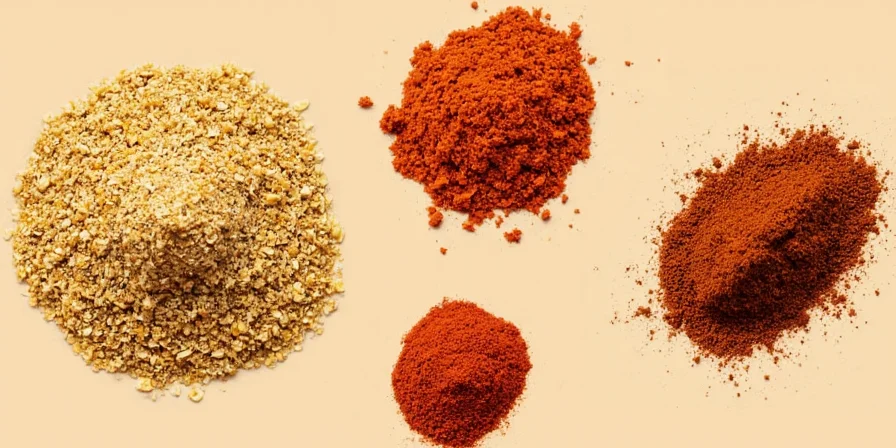









 浙公网安备
33010002000092号
浙公网安备
33010002000092号 浙B2-20120091-4
浙B2-20120091-4